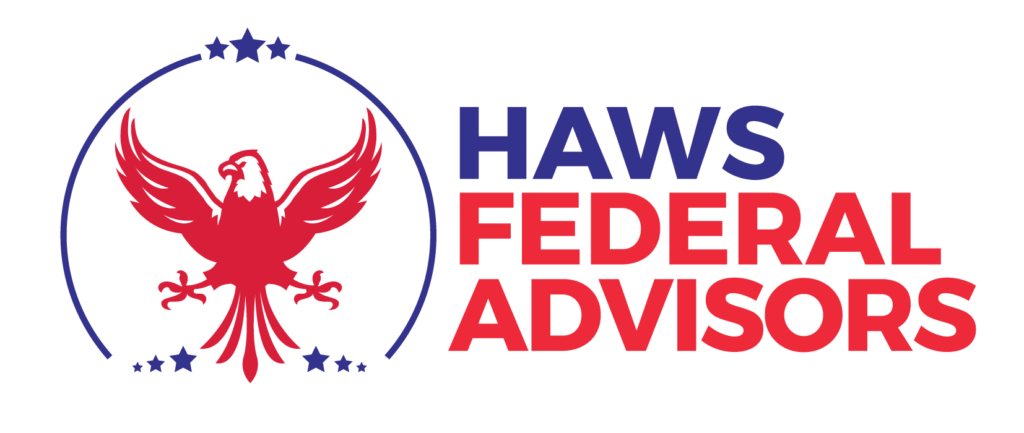We all want to comfortably retire but how do we know when enough is enough?
Here are a few things to consider to help you decide if you are ready to retire.
Keeping It Simple
Before we dive into more of the numbers of a comfortable retirement, here are the basics.
Per the chart below, if you are in the top right quadrant, you are probably ready to retire.
Being in the top right quadrant means that you have no debt (not even a mortgage) and you have a strong pension and investments.
People in that quadrant tend to be very well prepared for retirement
However, don’t lose hope if you aren’t in that quadrant. You still may be able to retire.
You will just want to go to the next section for the more detailed approach.
Note: Having a “Strong Pension/Investments” is obviously a subjective thing and is only meant to be a starting point when thinking about retirement.
Detailed Approach
But obviously, everyone’s situation is a little different so here is a much more detailed approach to know if you are ready for retirement.
Know Your Money
The first thing you have to know is what income you are going to have in retirement.
As a FERS federal employee, your main source of income tend to be the following:
FERS Pension and FERS Supplement
Social Security
You can request a Social Security statement from the SSA website here
TSP
Net Vs. Net
But as you start estimating your retirement income sources you have to remember to calculate your ‘net’ retirement income.
This is the dollar amount of spendable money after all deductions come out.
For example, your gross pension may be $2,000/month but after you pay for survivor benefits, FEHB and taxes then it could bring that down to $800/month of actual spendable money.
Once you know your total ‘net’ retirement income, a good place to start is to compare that to your ‘net’ earnings right now.
For example, if you look at this snippet from a Leave and Earnings statement, there (again) is a big difference between this employee’s gross pay and their net pay.
But for now, we only care about net pay because that tells us what you’re actually taking home (and probably spending) every two weeks.
But because you get paid every 2 weeks, you can find your monthly net pay by multiplying your bi-weekly pay by 26 (there are 26 pay periods in a year) and then dividing that by 12.
For example, if your net pay was $876, then we would do this to get a month number:
$876 X 26 / 12 = $1,898
And if you are finding that your retirement income is going to be greater than what you are currently spending then you are probably well prepared for retirement (assuming you spend about the same in retirement).
Other Factors
While the above example is pretty simple, in real life there are things that make the decision a little more complicated. For example, when you are paying off your mortgage, when you start Social Security, how your investments do, etc.
Wiggle Room
But even with a very well thought out plan, a retirement plan is still just a plan and there will probably be lots of unexpected surprises in retirement.
That is why it is so important to build in some wiggle room into your retirement finances as you are making plans for the future.


